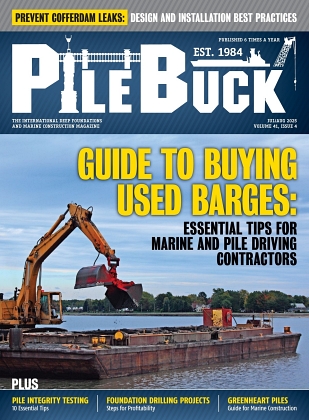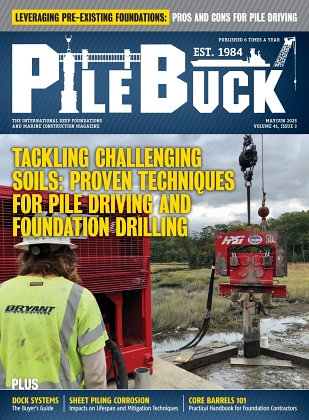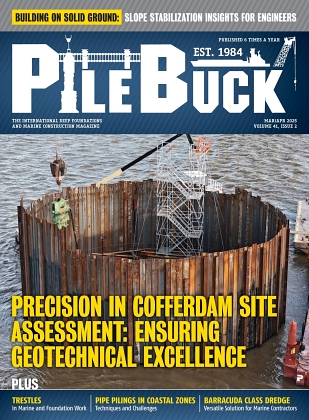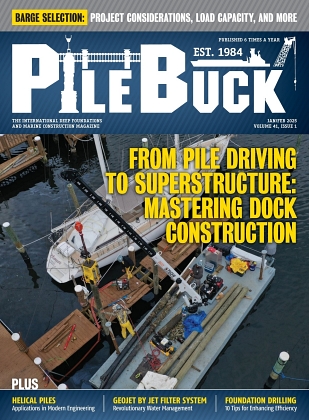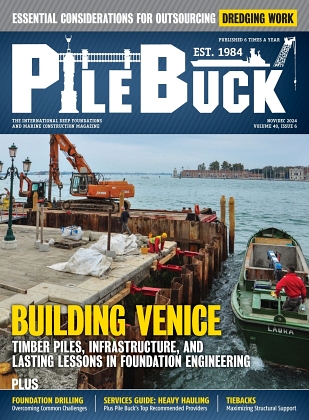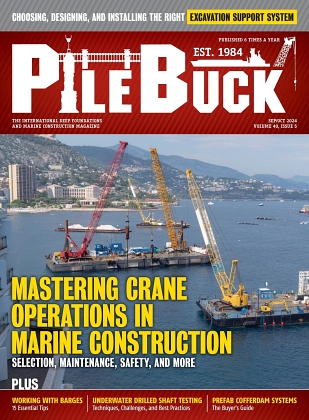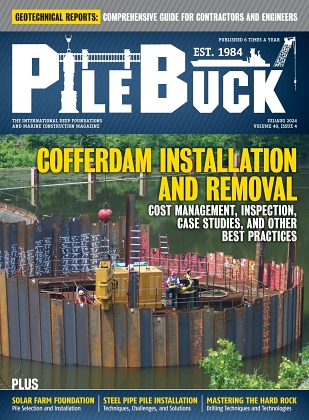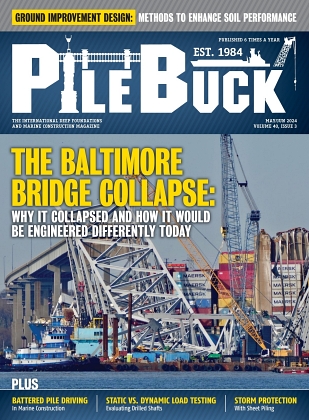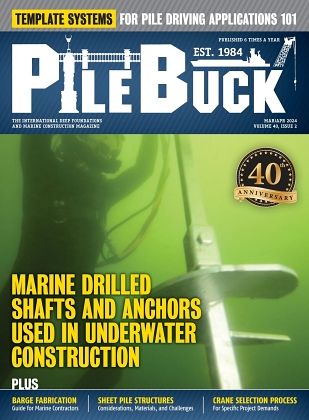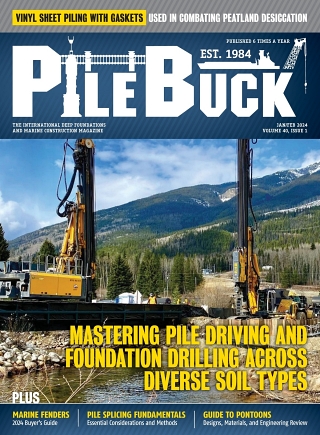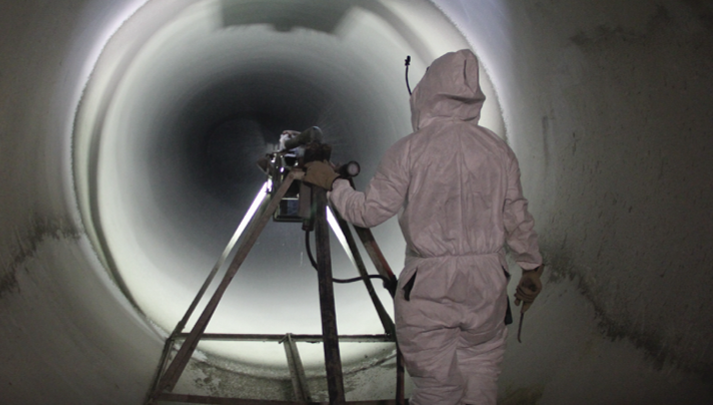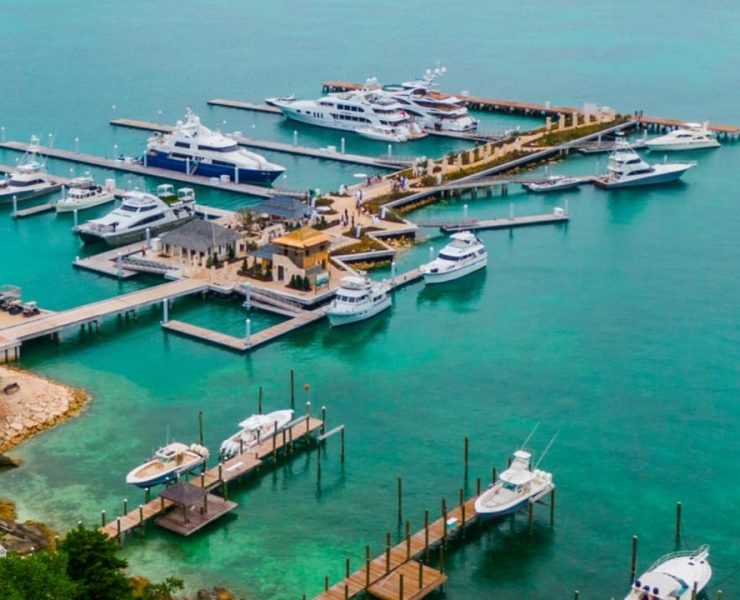Foundations That Withstand Waves: A Deep Dive into Marine Piling & Coastal Infrastructure
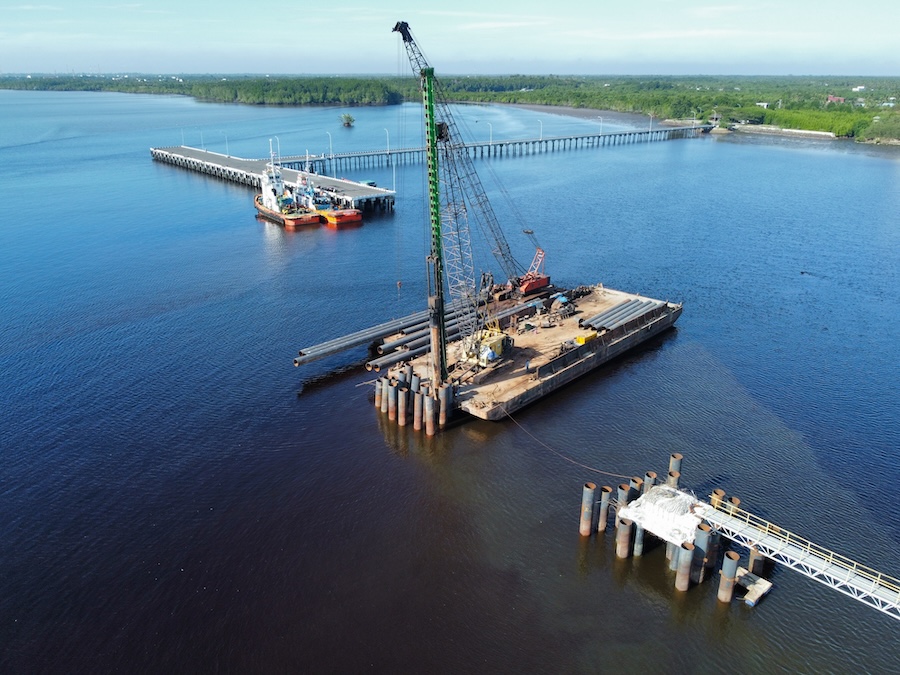

Beneath every stable pier, seawall, and harbor facility lies a foundation built to fight nature’s constant motion. Marine construction demands a unique blend of precision and strength. Because beneath the surface, every wave, current, and tide tests the durability of what engineers create. The unseen piles anchoring waterfront structures must endure extreme forces while maintaining the integrity of everything above. In this environment, innovation, planning, and experience define the difference between lasting infrastructure and costly failure.
The Challenge of Coastal Environments
Environmental Forces and Soil Conditions
Marine foundations face a perfect storm of engineering challenges. Waves create cyclic loading, tides shift pressure levels, and saltwater corrodes metals. Add to that the unstable soils found along coastlines, soft clays, silts, and sands. And it becomes clear why marine piling requires expertise at every stage.
Modern foundation specialists work closely with geotechnical engineers to analyze how the seabed interacts with piles under varying conditions. The goal is to design foundations that don’t just resist static loads but adapt to the changing energy of water and soil. A well-engineered pile system acts like a deep anchor, transferring loads through multiple layers of sediment to reach stable strata far below the surface.
Installation Complexity
Building beneath water means working against nature’s schedule. Construction teams must account for tides, weather, underwater visibility, and safety hazards. Equipment like vibratory hammers, hydraulic impact drivers, and drilling rigs must operate with millimeter precision. These projects often call for marine construction contractors skilled in pile driving, dredging, and underwater positioning. Every step, from mobilization to pile alignment, demands experience and precision to guarantee that the foundation remains stable for decades.
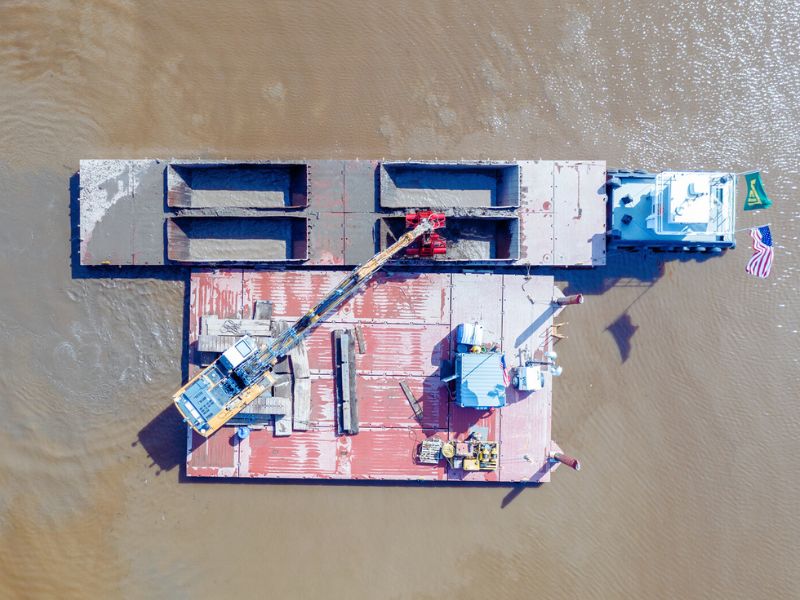
Evolution of Marine Piling Systems
Driven and Drilled Foundations
Driven piles remain the most common solution for marine structures, offering a fast, reliable way to transfer loads. Steel pipe piles and H-sections are hammered deep into the seabed to create friction and end-bearing support. Yet in environments where vibration or noise must be minimized, drilled shafts or cast-in-place piles are used. These allow precise installation in confined or environmentally sensitive areas, ensuring strong foundations with less disturbance.
Hybrid and Advanced Systems
Innovation continues to reshape how engineers approach coastal foundations. Suction caissons, essentially giant inverted cylinders create stability through negative pressure, anchoring offshore structures like wind turbines and deep-water platforms. Composite materials such as fiber-reinforced polymers are also being tested to combat corrosion and extend service life.
At the center of this evolution are coastal infrastructure experts who balance design innovation with real-world conditions. Their understanding of hydrodynamics, soil behavior, and construction logistics ensures that each foundation can withstand not only today’s waves but also tomorrow’s climate challenges.
Building Process Beneath the Surface
Site Investigation and Planning
Before a single pile is driven, teams gather extensive site data. Soil borings, seismic testing, and hydrodynamic simulations determine how the ground will respond under loading. Environmental protection is also a key factor, marine life, sediment displacement, and water turbidity must all be considered.
Collaboration between engineers and civil construction professionals ensures the design integrates seamlessly with upland infrastructure like bridges, retaining walls, and approach roads. Every detail from material selection to corrosion protection is chosen to balance performance, safety, and sustainability.
Installation and Quality Assurance
Once operations begin, precision becomes everything. GPS-guided positioning systems track each pile’s verticality and depth in real time. Underwater weld inspections, dynamic pile testing, and load verification confirm structural soundness. Even small alignment errors can cause major stress over time, which is why successful projects rely on experienced marine crews who understand both the engineering and the unpredictable behavior of marine environments.
Long-Term Durability
Corrosion, scour, and fatigue are constant enemies of marine foundations. Modern protection systems like cathodic protection, epoxy coatings, and sacrificial anodes help extend service life. Ongoing monitoring and routine inspections detect potential damage before it compromises integrity. Sustainable marine infrastructure isn’t just built; it’s maintained through proactive management.
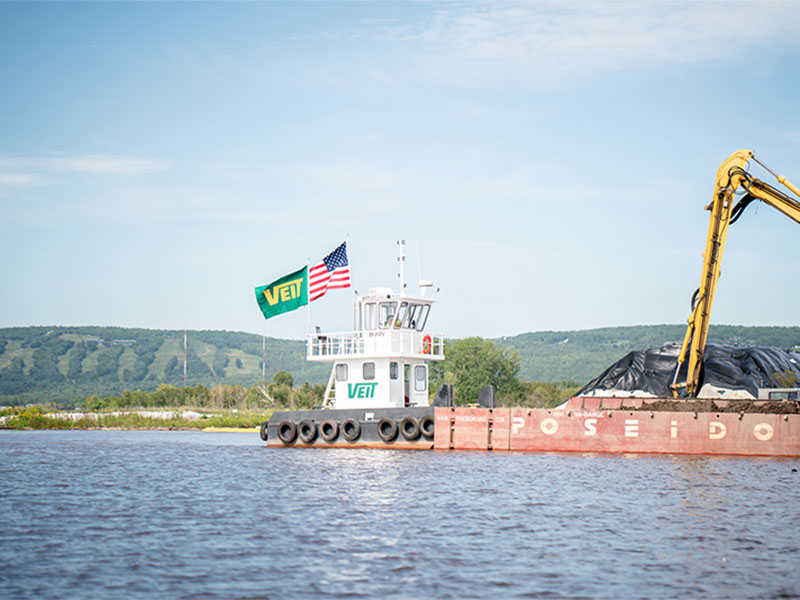
Designing for the Future of Coastal Infrastructure
Innovation Meets Sustainability
Today’s marine construction landscape emphasizes resilience and sustainability in equal measure. Low-carbon concrete, hybrid steel-polymer piles, and renewable-energy-powered equipment are reshaping the future of waterfront development. Contractors who lead in this field not only build strong foundations but also protect coastal ecosystems for generations to come.
Across the Midwest and beyond, specialty contractors with diverse expertise and modern fleets are leading this transformation. Their ability to combine innovative engineering with environmentally responsible practices allows them to tackle complex infrastructure projects from port expansions to underwater foundations while minimizing impact on the environment.
Resilience Through Expertise
As climate patterns shift and coastal populations grow, the need for resilient marine structures has never been greater. Flood barriers, piers, bridges, and docks must all be designed to handle stronger storms and higher sea levels. Working with marine construction contractors who understand both traditional methods and modern modeling tools ensures that these critical assets remain functional and safe.
By combining proven field experience with data-driven engineering, contractors deliver projects that are not only structurally sound but also economically and environmentally sustainable.
Marine piling is more than a construction technique it’s the foundation of coastal progress. Each pile driven into the seabed supports communities, industries, and the economy above it. Yet achieving true durability takes more than materials; it takes the expertise of foundation specialists and coastal infrastructure experts who understand how to design for both the seen and unseen forces shaping our waterfronts.
From harbors that welcome trade to bridges that connect cities, the future of marine construction depends on the commitment to build deeper, stronger, and smarter. When skilled professionals bring innovation and precision together, the result is simple foundations that truly withstand waves.


